Questioncomplete care sheet for white spotted gecko ? what should temp and humidity be? what should teraniam be like? how to know if its healthy ? what should its defication look like? how often should i mist its teraniam ? how much to feed it and how often ? and anything else that would be good know please and thank you in advance oh an how to tell how old it is an if its male or female
AnswerHi Corey,
White spots are a pretty hardy species and don't have very demanding requirements in captivity. They are native to north Africa so they do better in a fairly dry environment. You can use sand as a substrate although reptile carpet is a safer option to avoid accidental ingestion of the sand. Some pieces of cork bark or slate leaning against the tank wall will give your gecko some necessary hiding spots. Some angled branches or slats of wood will provide some climbing surfaces. White spots are arboreal. Mist the tank lightly once a day to provide some droplets to drink but I would suggest a small water dish as well. You can decorate with plastic plants since many live, tropical houseplants don't tolerate the low humidity very well. White spots don't require a lot of heat, a warm spot in one end in the 85 -90F range is sufficient. I prefer to use a low wattage overhead bulb for arboreal geckos rather then a heat pad.
Healthy geckos have good body weight, are alert and act pretty feisty when caught! They do not tolerate handling very well. Avoid any animal that has visible spinal vertebrae or pelvic bones or acts lethargic or weak. Their droppings usually have a fecal portion which is brown along with a white or pale yellow portion which is the urates. Urates are produced by the kidneys.
An adult can be fed every second or third day but very young animals should be fed daily. Crickets can be their staple but try to offer some variety as well, like mealworms, silkworms, waxworms etc. They will need a calcium/vitamin D3 powder dusted onto the insects about once a week for adults but more often for younger geckos. They reach full size at around 12 to 18 months but after that it is really not possible to accurately guess their age. Prior to that, their growth rate really depends on their feeding schedule.
Adult males will have fairly obvious hemipenile bulges in the base of the tail, just below the vent. There is also a line of visible pores just above the vent area. There are a number of images on line for sexing leopard geckos which will give you a good idea of what to look for with your white spot.
This is a decent care sheet for the species. Their care is also similar to that of Moorish geckos, which are a a close relative of theirs. Good luck with your new gecko.
http://www.geckosunlimited.com/community/blogs/lilguys/160-tarentola-annularis-w

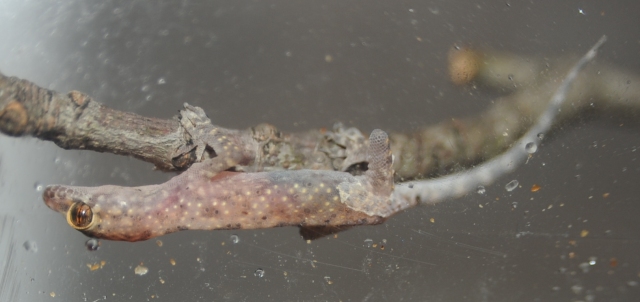 Anole or Gecko ID (found in car after trip to AZ/TX
Question
Hitchhiker named JR
Hi Bryan,
About a month
Anole or Gecko ID (found in car after trip to AZ/TX
Question
Hitchhiker named JR
Hi Bryan,
About a month
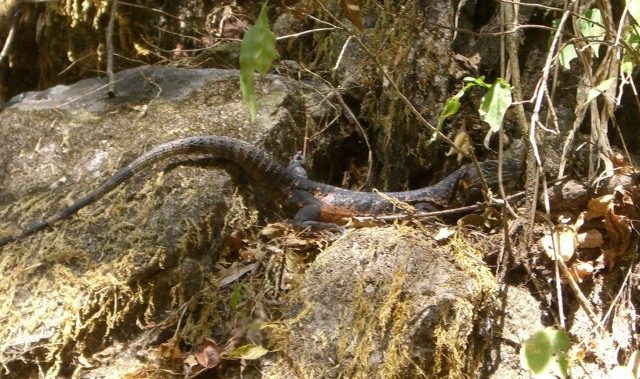 Mexican Lizard Identification
Question
Mexican Lizard
I came across this Lizard in th
Mexican Lizard Identification
Question
Mexican Lizard
I came across this Lizard in th
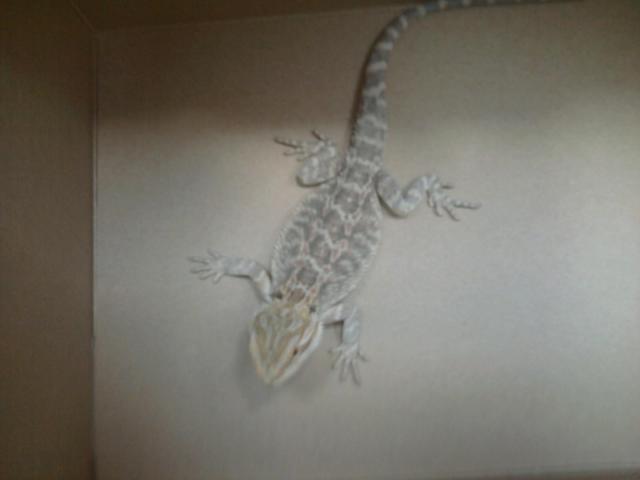 Bearded Dragons Head Turns Yellow?
QuestionYellow Head
QUESTION: Im asking a questi
Bearded Dragons Head Turns Yellow?
QuestionYellow Head
QUESTION: Im asking a questi
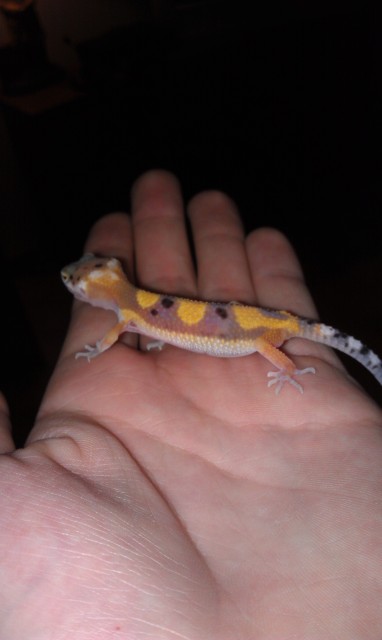 Vomiting Gecko
QuestionQUESTION: Hey Tracie,
Its Sean sorry I couldnt
Vomiting Gecko
QuestionQUESTION: Hey Tracie,
Its Sean sorry I couldnt
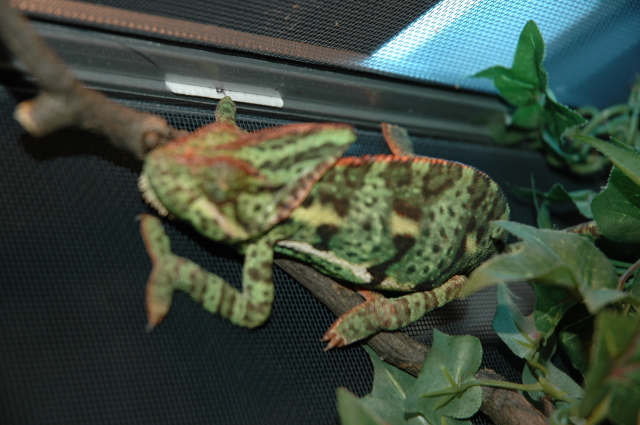 sick chameleon
QuestionCleos pic
QUESTION: Well, we did try the
sick chameleon
QuestionCleos pic
QUESTION: Well, we did try the